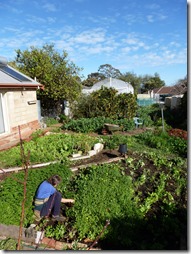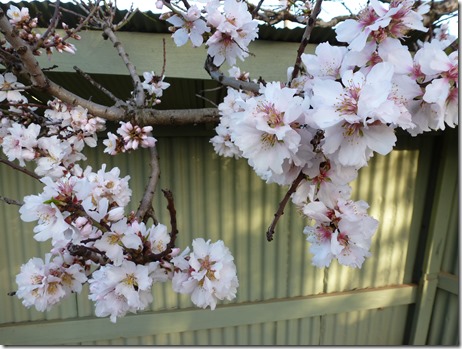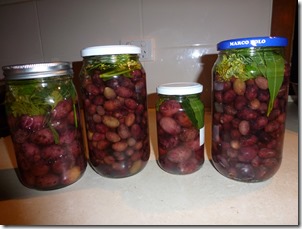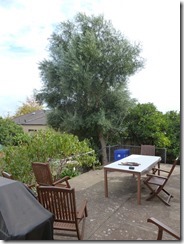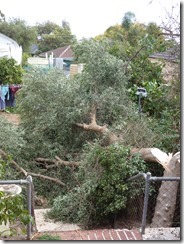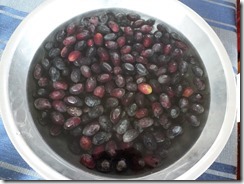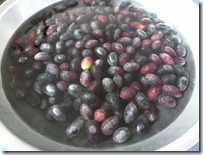Although home and garden provide a daily antidote to the high tech world in which I earn my living, there is yet another place for me approaching an almost sacred aboriginal connection to the land: Pine Hut Knob.
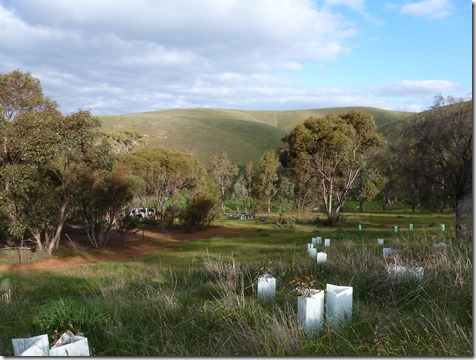 This name appears on no map, and yet it stands squarely in the mythology of this family – I have owned it since I earned my first pay packet way back before wife and kinder came onto the scene. This 30 hectare (75 acres) of marginal grazing land lies along a hidden valley off Pine Hut Road on the eastern slopes of the Mount Lofty Ranges and encompasses a knob-like hill with a marvellous view of the grandeur of the Murray Valley laid out below. And all that for $6000…
This name appears on no map, and yet it stands squarely in the mythology of this family – I have owned it since I earned my first pay packet way back before wife and kinder came onto the scene. This 30 hectare (75 acres) of marginal grazing land lies along a hidden valley off Pine Hut Road on the eastern slopes of the Mount Lofty Ranges and encompasses a knob-like hill with a marvellous view of the grandeur of the Murray Valley laid out below. And all that for $6000…
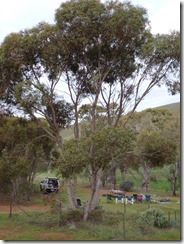 None of my early dreams of self-sufficiency and a farming life proved to be in the least realistic out there where rainfall is scarce and summer temperatures scorching. Nevertheless, in the almost forty years that I have owned the property, I have quietly planted my crops – trees that are native to this area and can survive without any input from me beyond the first autumn plantings and some protection from wandering stock and rabbits. Where once barren hillsides stood, now I can lose myself among my trees and discover wildlife of almost endless variety. In the ancient River Red Gums along the creek bed, corellas and galahs and cockatoos screech and wheel, while masses of Monarch (Wanderer) butterflies that have all but disappeared from the Adelaide Plains can be found flocking and feeding on the sticky hop bushes found on the lower hill slopes.Western Grey Kangaroos in small groups of two or three are a common sight. Wedge-Tailed Eagles soar gracefully overhead.
None of my early dreams of self-sufficiency and a farming life proved to be in the least realistic out there where rainfall is scarce and summer temperatures scorching. Nevertheless, in the almost forty years that I have owned the property, I have quietly planted my crops – trees that are native to this area and can survive without any input from me beyond the first autumn plantings and some protection from wandering stock and rabbits. Where once barren hillsides stood, now I can lose myself among my trees and discover wildlife of almost endless variety. In the ancient River Red Gums along the creek bed, corellas and galahs and cockatoos screech and wheel, while masses of Monarch (Wanderer) butterflies that have all but disappeared from the Adelaide Plains can be found flocking and feeding on the sticky hop bushes found on the lower hill slopes.Western Grey Kangaroos in small groups of two or three are a common sight. Wedge-Tailed Eagles soar gracefully overhead.
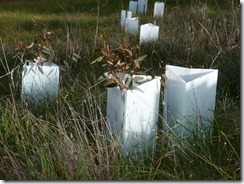 So it is here that the family brings visitors from overseas or friends in need of a change from the city life. I light the wood fire and cook lunch, then sit quietly enjoying the ebb and flow of bird life in and out of all the trees I raised from seed and planted all down the years.
So it is here that the family brings visitors from overseas or friends in need of a change from the city life. I light the wood fire and cook lunch, then sit quietly enjoying the ebb and flow of bird life in and out of all the trees I raised from seed and planted all down the years.
But this doesn’t last long – the gardener in me soon has me up and about, tending to my crop of young trees, a legacy that can be enjoyed by members of my family for generations to come, provided they don’t get greedy and cash it all in after we’ve gone.

